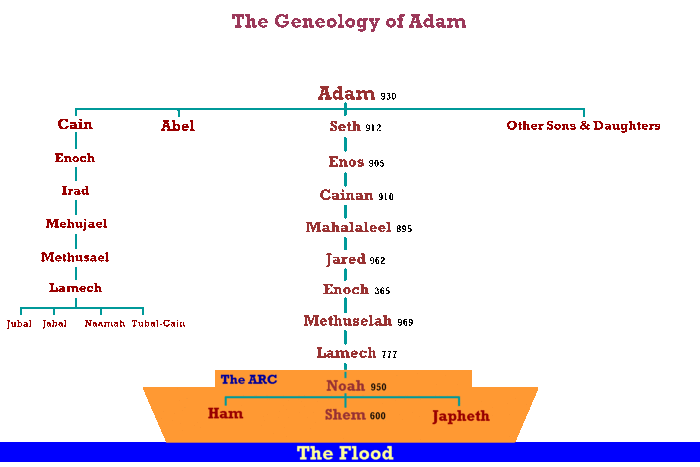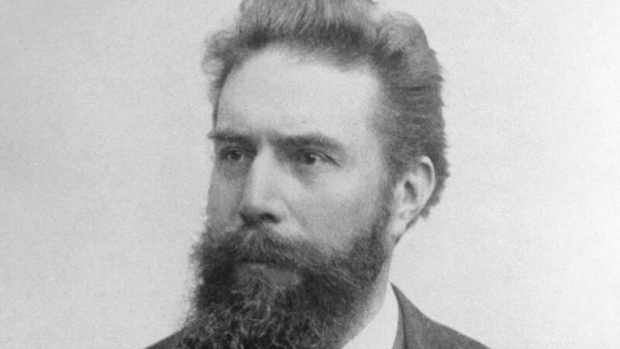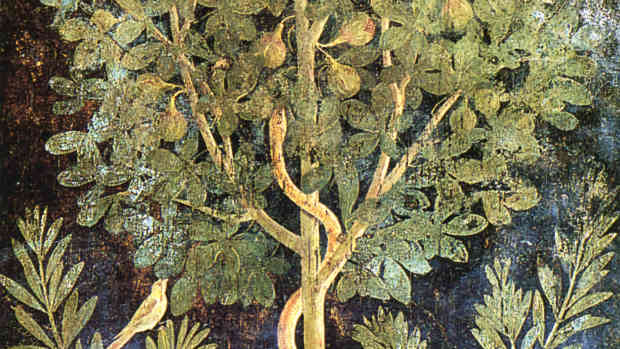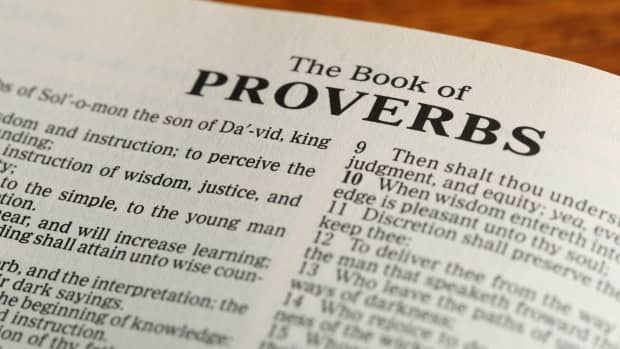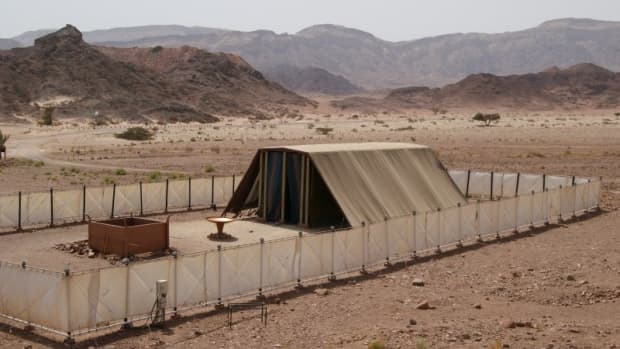Echoes of Eden: Genealogical Developments of the Lines of Cain and Seth
Messiah/Anti-Messiah Genealogies in the Bible
The "Beginning" narratives of Genesis contain the genetic code that finds its expression and fruitful development in the rest of Scripture and throughout the history of human experience.
These early chapters are the template for the subsequent events detailing God's relational advancement with fallen humankind. Every chronicle will echo these beginning accounts and reveal applicable facets drawn from the episodes in the first chapters of the Bible. Each account will also contain Messianic themes that point toward Jesus.
It's a messy story, to say the least, but that's just the backside of the tapestry view. As we follow the common threads through the fabric of these Biblical accounts, a much bigger picture comes into view. We shall see how God beautifully weaves His eternal plan through the warp of rebellious humanity who resists Him at every turn.
This article will study the Genesis chapter's 1-3 pattern of creation and the fall of humankind as God's plan of salvation threads its way through two significant Messiah/anti-Messiah genealogies. The line of Cain and the line of Seth will bring to fruition the seeds of the Bible's beginnings.
Developing Genealogies
At the end of Genesis chapter four, Cain (anti-Messiah type) kills his brother Abel (Messiah type). Next, a genealogy of anti-Messiah-Cain develops. Cain's descendants became city builders and dwellers who were progressive in trade for profit in the livestock industry, machine technology, arts, and entertainment. Godlessness characterizes this societal progression. These characteristics point to the Tower of Babel gathering world system story, which will be studied later.
Sixth-generation from Cain, Lamech became the first to have more than one wife and was the father of the three branches of civic development. He creates his own form of government that accommodates and justifies his evil violence, which will define all subsequent godless advancements.
Then Lamech took for himself two wives: the name of one was Adah, and the name of the second was Zillah. And Adah bore Jabal. He was the father of those who dwell in tents and have livestock (מִקְנֶה root of Cain's name meaning to acquire for profit). His brother’s name was Jubal. He was the father of all those who play the harp and And as for Zillah, she also bore Tubal-Cain, an instructor of every craftsman in bronze and iron. And the sister of Tubal-Cain was Naamah.
Then Lamech said to his wives:
“Adah and Zillah, hear my voice;
Wives of Lamech, listen to my speech!
For I have killed a man for wounding me,
Even a young man for hurting me.
If Cain shall be avenged sevenfold,
Then Lamech seventy-sevenfold.”— Genesis 4:19-24
Cain's genealogy and its details are preparing us for an inevitable, violent, and consequential end to humankind in rejecting the God of creation, which ultimately lands us on Noah's narrative.
But this is not the end of the story. Much like Genesis, chapter three ends with a promised plan of salvation through a seed; chapter four ends with a similar scarlet thread with the same hope through another seed.
And Adam knew his wife again; and she bare a son, and called his name Seth: For God, said she, hath appointed me another seed instead of Abel, whom Cain slew.
— Genesis 4:25
This third son of Adam signals a resurrection in the story.
Seth
Subsequently, Genesis chapter 5 records the generations of Adam from a plan of salvation perspective. This third genealogy of the Bible develops a Messianic line through another son of Adam and Eve, which is Seth. The first verse of Genesis chapter five appears at the center of both discussed genealogies and begins with familiar phrasing.
This is the book of the genealogy of Adam. In the day that God created man, He made him in the likeness of God. He created them male and female, and blessed them and called them Mankind in the day they were created.
— Genesis 5:1-2
Recommended
Adam's genealogy reads very much like the end of the creation account that expresses God's mission for humankind to rule the earth in partnership with Him.
Then God said, “Let Us make man in Our image, according to Our likeness; let them have dominion over the fish of the sea, over the birds of the air, and over the cattle, over all the earth and over every creeping thing that creeps on the earth.” So God created man in His own image; in the image of God He created him; male and female He created them. Then God blessed them, and God said to them, “Be fruitful and multiply; fill the earth and subdue it; have dominion over the fish of the sea, over the birds of the air, and over every living thing that moves on the earth.”
— Genesis 1:26-28
The repetition of the phrase "image according to (God/Adam's) likeness" links us with the idea that God's original plan will continue and prevail despite anti-Messiahs. Thus, the redemptive plan and vision of co-rulership with God continue.
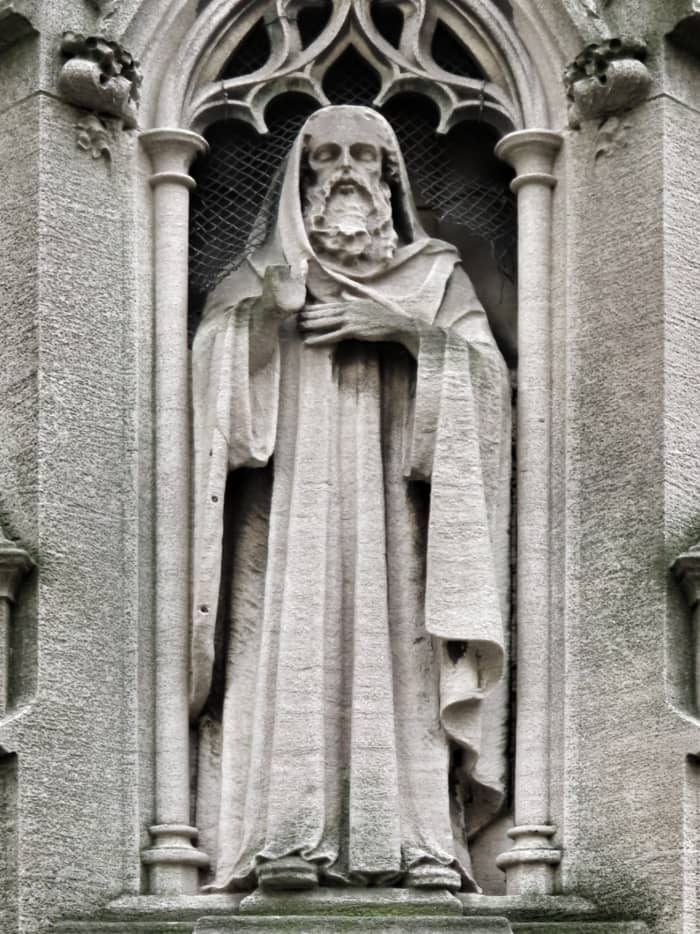
By DanielPenfield - Own work, CC BY-SA 4.0, https://commons.wikimedia.org/w/index.php?curid=95102551
Enoch
Significant to the Messianic line of Seth, a compelling commentary highlights Enoch's position in the genealogy.
... Enoch walked with God after he begat Methuselah three hundred years, and begat sons and daughters:
And all the days of Enoch were three hundred sixty and five years:
And Enoch walked with God: and he was not; for God took him.
— Genesis 5:22-25
Enoch was the seventh generational line of Adam. Seven in Scripture is the number of a kingdom's fulfillment. The patterned development of this number culminates with the creation account and God's satisfaction with its completion on the seventh day. The seventh from Adam, Enoch, points to God's continuing plan and kingdom developments. Alternatively, Cain's genealogical commentary begins with the sixth person listed, indicating a lack of fulfillment.
The "walked with God" statement In Genesis chapter five hearkens back to the Garden in Eden. After partaking in the forbidden tree, Adam and Eve heard God's voice "walking" in the garden.
... they (Adam and Eve) heard the voice of the LORD God walking in the garden in the cool of (to Spirit) the day and Adam and his wife hid themselves from the presence of the Lord God among the trees of the garden.
— Genesis 3:8
Presumably, this wasn't a random walk, and the expectation for Adam to be present was implied due to the following question.
Then the Lord God called to Adam and said to him, “Where are you?”
— Genesis 3:9
God's question almost sounds like Adam never showed up for an appointed "walk and talk" with God. Perhaps it was the seventh-day Sabbath when Adam should have rested (walking and talking in fellowship) with God.
Another significant observation from this scene occurs with the literal translation of "in the cool of the day" from the above verse. "In the cool of the day" reads more accurately, "to Spirit the day." It appears that God is present to "Spirit the day." "What does it mean to Spirit the day? Another portion of Scripture may give us some more insight into this scene. It will also link us with the topic of God walking amid His people. Included are the protocols of being in His presence.
For the LORD your God walks in the midst of your camp, to deliver you and give your enemies over to you; therefore your camp shall be holy, that He may see no unclean (naked or exposed) thing among you, and turn away from you.
— Deuteronomy 23:14
Walking, an enemy, an unclean thing, and nakedness in the above verse are common threads from Genesis chapter three. God, who is Spirit, is coming to cover/clothe, deliver, and empower His people/Adam with His Spirit.
Also, in connection with God Spiriting the day—the phrase "The Spirit of the Lord" is used most frequently throughout the Bible in application to God giving His people the power to overcome their enemies. The enemy in the garden event was a spirit clothed in the garments of a serpent.
Now the serpent (a naked animal) was more cunning (rooted in the word for naked) than any beast of the field which the Lord God had made.
— Genesis 3:1
The book of Revelation reveals who inhabited the beast of the field. Notice that Satan's banishment from God's presence sounds very much like Adams.
And war broke out in heaven: Michael and his angels fought with the dragon, and the dragon and his angels fought, but they did not prevail, nor was a place found for them in heaven any longer. So the great dragon was cast out, that serpent of old, called the Devil and Satan, who deceives the whole world; he was cast to the earth, and his angels were cast out with him.
— Revelation 12:7-9
According to Deuteronomy twenty-three, Adam was responsible for removing the naked, unclean thing with the understanding and empowerment that God would deliver him. This ability would come from the Spirit of God, which could only be obtained through fellowship with Him (walking and talking at appointed times).
Did Adam not wait for God to Spirit the day? Did he not show up for His seventh-day appointment with His creator God? Was he busy meeting and taking cover with someone else in another place?
Woe to the rebellious children, saith the LORD, that take counsel, but not of me; and that cover with a covering, but not of my spirit, that they may add sin to sin
— Isaiah 31
Paul's letter to the Galatians links walking in the Spirit with the power of resistance.
Walk in the Spirit, and you shall not fulfill the lust of the flesh.
— Galatians 5:16

The Angel of the Lord visits Gideon and clothes him with God's Spirit.
The story of the Bible from Genesis to Revelation, Public domain, via Wikimedia Commons
Gideon's Example of Being Clothed in the Spirit
Walking with God and being clothed with His protective presence is demonstrated in the story of Gideon. The story occurred during the "time of the Judges when there was no king in Israel, and everyone did what was right in their own eyes." Consequently, God's people found themselves in all kinds of dire straits with enemy forces and cried out to the Lord for His deliverance. On this occasion, God selects Gideon to be His man.
... the angel of the LORD appeared to him and said to him, “The LORD is with you, O mighty man of valor.
— Judges 6:12
Gideon feels inadequate and frightened, potentially revealing what Adam may have felt.
And he said to him (the Angel of the Lord), “Please, Lord, how can I save Israel? Behold, my clan is the weakest in Manasseh, and I am the least in my father’s house.”
— Judges 6:15
Gideon did what Adam didn't. Gideon consulted with the Lord. The Angel of the Lord reminds Gideon that God is with him.
And the LORD said to him, “But I will be with you, and you shall strike the Midianites as one man.
— Judges 6:16
Like the Deuteronomy twenty-three verse, the protocol to remove an offensive thing from the scene includes Gideon's instructions from the Angel of the Lord.
Now it came to pass the same night that the Lord said to him, “Take your father’s young bull, the second bull of seven years old, and tear down the altar of Baal that your father has, and cut down the wooden image that is beside it, and build an altar to the Lord your God on top of this rock in the proper arrangement, and take the second bull and offer a burnt sacrifice with the wood of the image which you shall cut down.”
— Judges 6:25-26
This event promotes the possibility that Adam was responsible for removing the unclean naked being from their midst.
Relatedly, God's Spirit is most likely what clothed Adam. The story of Gideon hints at this when The Angel of the Lord designates Gideon to be the overcomer of the approaching enemy force. The text reads that God clothed him with His Spirit.
... the Spirit of the LORD clothed Gideon ...
— Judges 6:34
The Number Three's Connection With Themes of Resurrection
Another significant number is included in the Enoch story. Seth was the third son of Adam, and this signaled a resurrection in God's Messianic plan. Enoch's walking with God for three hundred years captures this same connection. The number three in Scripture categorizes things of the Spirit, including the concept of resurrection or things ascending. Three generations later, a resurrection scene occurs that includes an ark and a man named Noah, who has three sons.
Lamech, Noah's father, understands that Noah will be instrumental in reversing an Edenic curse involving soil and toil.
Lamech lived one hundred and eighty-two years and had a son. And he called his name Noah, saying, “This one will comfort us concerning our work and the toil of our hands, because of the ground which the Lord has cursed.”
— Genesis 5:5:28-29
This event also points to a third-day resurrection that would also reverse a curse.
Christ has redeemed us from the curse of the law, having become a curse for us ...
— Galatians 3:13
The genealogy ends with Lamech's age, significantly being 777, reminding us of God's kingdom mission moving forward despite Cain's communal anti-Christ development projects.
© 2021 Tamarajo



